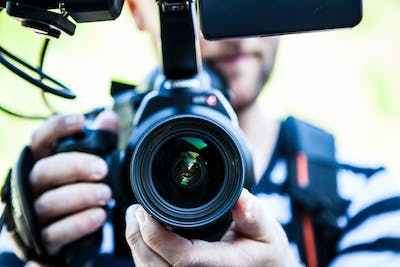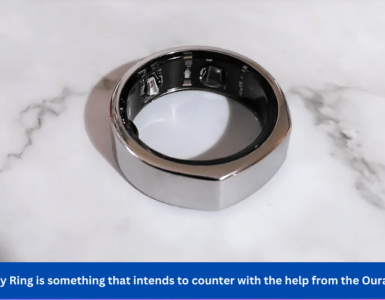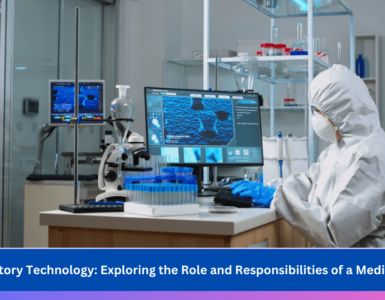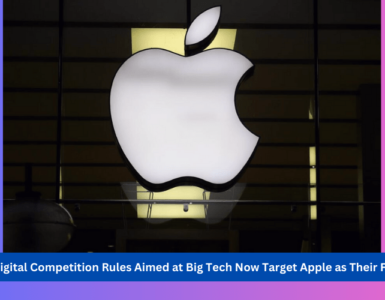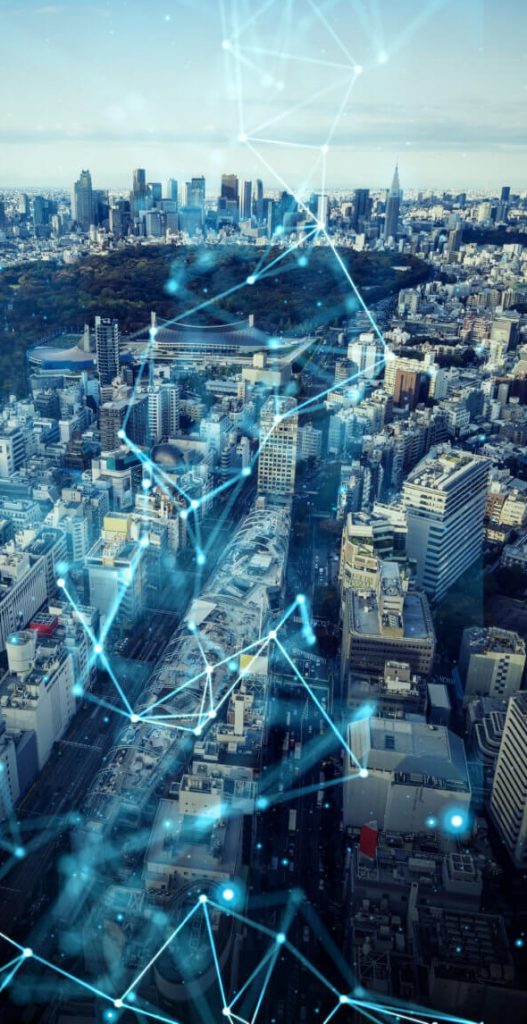More than ever, audio and video evidence can be found in more places and from different sources. CCTV systems can be found practically anywhere, from fast food restaurants to convenience stores, malls, banks, traffic intersections, and parks. Additionally, cell phone cameras monitor virtually every nook and cranny of every town. 911 calls, telephone answering machines, voicemail recordings, video cameras, cell phones, and computer files can provide audio evidence.
Today, we’ll have a good look at what Forensic Video analysis entails and the various methods evidence is collected. So, without wasting your time, let’s get down to this.
WHAT IS FORENSIC VIDEO ANALYSIS?
Forensic Video Analysis entails the scientific examination, comparison, and evaluation of a video recording on legal grounds. It’s been an effective part of video forensics used extensively for high-profile cases, international agreements, and conflict areas.


HOW IS EVIDENCE COLLECTED?
Multiple distinct recordings of an event may be available based on the circumstances, the surroundings, and any witnesses. The responding officers or investigators at the crime scene should determine whether there is video or audio evidence. In addition to the surveillance cameras at the scene, other nearby surveillance systems might be able to provide valuable footage, such as recordings of the offender coming toward or leaving the scene.
All pertinent footage should be gathered, even if the recording does not appear clear or useful. When viewing or listening to the unprocessed recording, details that are not apparent may be recovered through forensic enhancement.
Collecting Digital Videos and Audio
Well over a portion of all closed circuit TV proof seized by police today is computerized and document-based, albeit a few frameworks can record to advanced attractive tape. There are two main categories of digital video recorders: standalone and PC-based embedded systems. Audio and video are typically recorded to hard drives by both types; however, some systems record by protecting removable media and digital (SD) cards.
The digital video and audio evidence gathered by CCTV systems are typically proprietary, necessitating a specialized software player developed by the manufacturer to play back the recordings properly. When the device’s video and audio are collected, they need to be retrieved in a way that results in the highest possible quality, usually proprietary recorded files.
In addition, there are many different kinds of digital audio and video recording devices and many different ways to export these files. Some will be able to write to CDs and DVDs, others will use USB to output, and some, even though they are digital, may only have analog outputs.
Collecting analog videos and audio
Analog video systems are quickly becoming obsolete as a recording technology; nonetheless, many are still in use today. The investigator should remember that the recorded images will get worse every time the system uses analog tape. The investigator will ensure that the tape is stopped, record everything on display, eject the tape, and remove the write protection tab to prevent it from being recorded before ejecting it. After this, the original video evidence should be preserved by making a tape copy for subsequent viewings.

